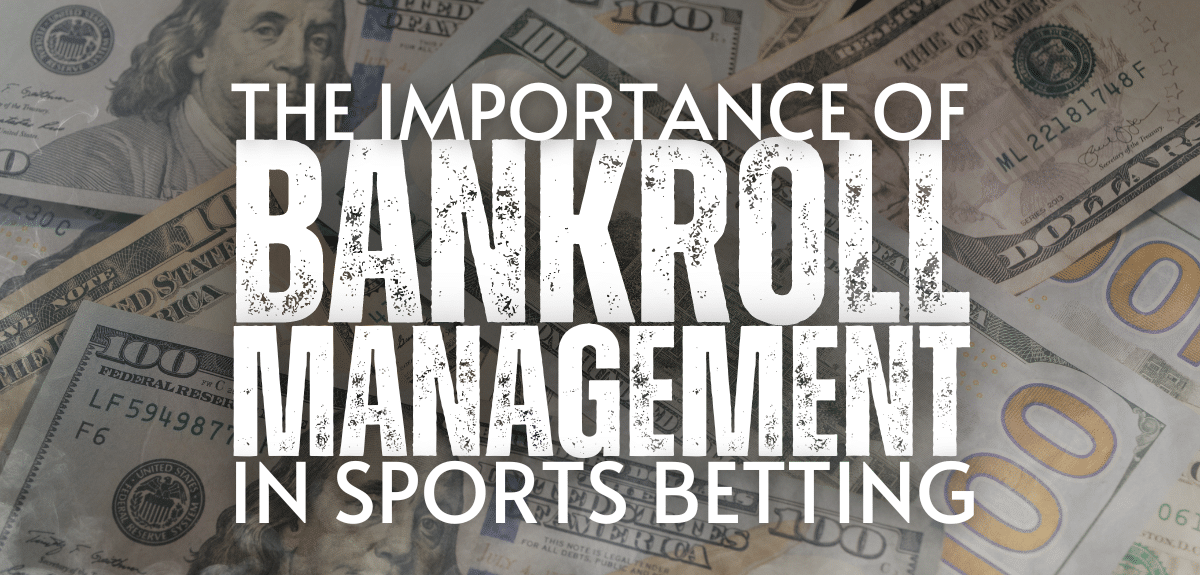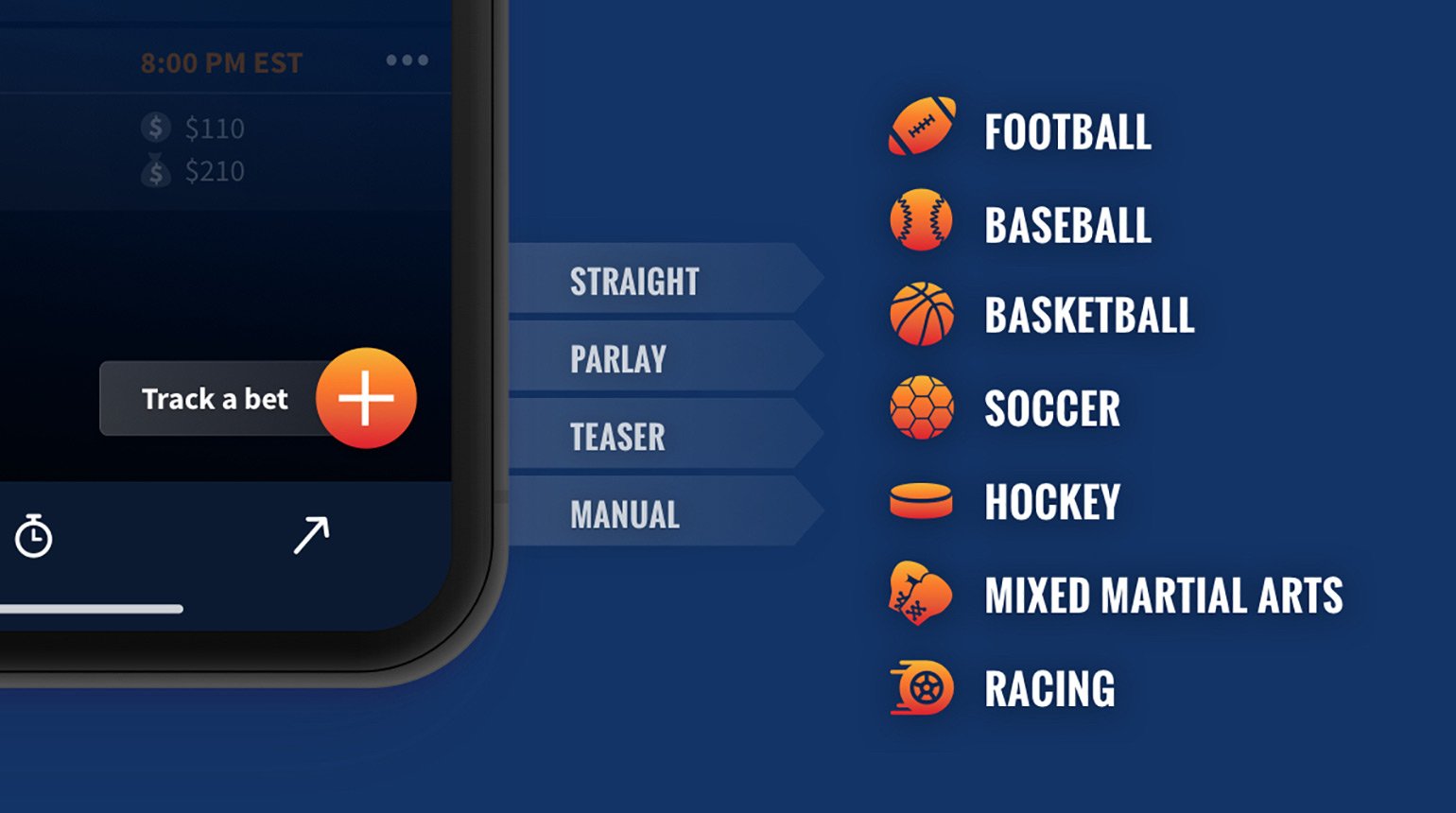Bankroll management is one of the most critical aspects of successful betting, whether you’re engaging in casino games or betting on cricket matches. Without proper management, even the most skilled bettors can experience significant losses. This guide explores effective bankroll management strategies, including setting budgets, establishing betting limits, and employing responsible gambling practices to help you sustain long-term success in your betting activities.
1. The Importance of Bankroll Management
Before diving into the specifics, it’s essential to understand why managing your bankroll is crucial:
- Prevents Over-Spending: Without a proper plan, it’s easy to overspend, especially when emotions and excitement take over.
- Minimizes Risk: Betting involves risk, and effective bankroll management ensures that these risks are controlled, reducing the likelihood of significant financial losses.
- Encourages Discipline: Consistent bankroll management helps develop discipline and patience, essential qualities for long-term success in betting.
- Allows for Strategic Planning: By setting limits and tracking bets, you can adjust strategies based on performance, helping you identify successful patterns and minimize losses.
2. Setting a Betting Budget
The first step in bankroll management is to set a budget for your betting activities. This budget should be separate from your essential expenses, such as rent, bills, and savings. It’s vital to determine a realistic amount that you’re comfortable with and willing to risk without affecting your financial stability.
A. Determine Your Monthly Bankroll
Decide how much money you can allocate to betting each month. This amount will serve as your bankroll, the total sum you have available for all your bets. For example, if you earn $3,000 per month, you might allocate 5-10% ($150-$300) as your betting bankroll, depending on your financial situation and risk tolerance.
B. Divide Your Bankroll into Units
Dividing your bankroll into smaller units helps you manage your bets better. For instance, if your bankroll is $200, you could divide it into 20 units of $10 each. Using units allows you to place consistent bets and prevents large fluctuations in your bankroll, as you won’t be betting your entire budget at once.
Also Like, How to Claim Bonuses and Free Bets on Online Betting Sites – Guide
3. Establishing Betting Limits
Setting betting limits is an effective way to maintain control over your bankroll. These limits ensure that you do not bet more than you can afford and help minimize the impact of losses.
A. Bet a Small Percentage of Your Bankroll
A general rule of thumb is to bet only 1-5% of your total bankroll on any single bet. For example, if your bankroll is $200, each bet should range between $2 and $10. This approach ensures that a single loss does not significantly affect your overall bankroll, allowing you to continue betting without drastic financial setbacks.
B. Use Staking Plans
Staking plans are systems that determine how much to bet based on the size of your bankroll and the level of risk involved. Here are two popular staking plans:
- Flat Betting: Bet the same amount (a fixed percentage of your bankroll) regardless of the situation. This strategy is simple and reduces the impact of losing streaks.
- Proportional Betting: Adjust your bet size based on the current size of your bankroll. For example, if you’re using 2% of your bankroll per bet, and your bankroll grows or shrinks, your bet size will change accordingly. This dynamic approach can maximize gains while minimizing losses.
4. Bankroll Management in Casino Betting
Casino games like blackjack, roulette, and slots have varying levels of risk and reward. Here’s how to manage your bankroll effectively when playing casino games:
A. Choose the Right Games
Some casino games offer better odds and lower house edges than others. For example, blackjack and baccarat typically have lower house edges compared to slots or keno. By selecting games with favorable odds, you can minimize your risk and extend your bankroll over a longer period.
B. Set Win and Loss Limits
Establishing win and loss limits is crucial in casino betting:
- Win Limit: Decide how much profit you want to make before you walk away. For instance, if you double your initial bankroll, consider taking your winnings and ending your session.
- Loss Limit: Similarly, set a maximum amount you’re willing to lose. If you reach this limit, walk away to prevent further losses. Sticking to these limits helps maintain control and discipline.
C. Avoid Chasing Losses
One of the most common mistakes in casino betting is trying to recover losses by increasing bet sizes. This behavior, known as chasing losses, can quickly deplete your bankroll. Instead, accept losses as part of the game and stick to your predetermined betting strategy.
5. Bankroll Management in Cricket Betting
Cricket betting requires a slightly different approach, as it involves betting on various outcomes, including match winners, top scorers, and even in-play bets. Here’s how to manage your bankroll effectively when betting on cricket:
A. Research and Analyze Matches
Research is essential for cricket betting. Analyze team form, player performance, pitch conditions, and weather forecasts before placing bets. Informed decisions reduce the risk of losses and increase the chances of success.
B. Diversify Your Bets
Instead of placing all your bets on a single outcome (e.g., match winner), diversify your bets across multiple markets. For instance, you could bet on the top batsman, the total number of runs, or the number of wickets taken by a specific player. Diversification spreads your risk and increases the likelihood of winning some of your bets even if others lose.
C. Use In-Play Betting Wisely
In-play betting allows you to place bets during a live match, giving you the advantage of making informed decisions based on match developments. However, it’s important to stay disciplined:
- Start with Small Bets: Begin with small stakes until you gain confidence in predicting match outcomes accurately.
- Adjust Bets Based on Trends: Monitor how the game unfolds and adjust your bets accordingly. For example, if a key player is performing well, you might bet on their performance metrics.
6. Tracking and Reviewing Your Bets
Keeping a detailed record of your bets is an essential part of bankroll management. By tracking your bets, you can identify patterns, review your performance, and refine your strategy. Here’s what to include in your records:
- Bet Type: Record the type of bet (e.g., match winner, total runs, slot game).
- Stake Amount: Note how much you wagered on each bet.
- Outcome: Track whether you won or lost and the amount you won or lost.
- Date and Time: Keeping a timeline of your bets helps you identify the most profitable periods and games.
By reviewing your betting history regularly, you can adjust your strategies based on what’s working and what isn’t. It also allows you to identify if you’re consistently losing and need to reassess your approach.
7. Practicing Responsible Betting
Responsible betting is the cornerstone of effective bankroll management. Here are some tips to maintain a healthy and enjoyable betting experience:
A. Set Time Limits
Betting can be addictive, so setting time limits for your betting sessions is crucial. For example, limit yourself to a maximum of two hours per session. This practice helps you stay in control and prevents excessive betting.
B. Avoid Betting Under the Influence
Betting while under the influence of alcohol or drugs can impair judgment and lead to reckless decision-making. Always bet with a clear mind to ensure you make rational choices based on research and analysis.
C. Take Breaks and Self-Exclude if Necessary
If you find it difficult to manage your bankroll or notice signs of problem gambling, take a break from betting or use self-exclusion tools offered by betting platforms. These tools allow you to block access to betting sites for a set period, helping you regain control over your betting habits.
8. Adapting Your Bankroll Management Strategy
The betting world is dynamic, and your bankroll management strategy should adapt to changes in your financial situation, betting experience, and success rate. As you gain experience and confidence, you might adjust your betting limits or diversify your strategies further. However, always prioritize responsible betting and avoid betting beyond your means.
Conclusion
Managing your bankroll in casino and cricket betting is crucial for sustaining long-term success and minimizing risk. By setting budgets, establishing betting limits, and practicing responsible gambling, you can enjoy betting as a form of entertainment while protecting your financial well-being. Remember, the key to effective bankroll management is discipline, consistency, and a well-thought-out plan. With these strategies, you can make the most of your betting experience while staying in control.

